Why has the problem of seafood quarantine not been resolved for six years?
| Seafood businesses looking forward to restarting traditional trade promotion activities | |
| VASEP claims imported seafood regulations inadequate | |
| Seafood exports look forward to year-end orders |
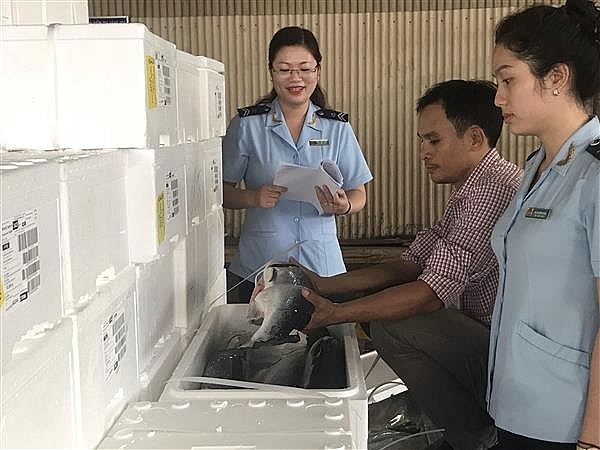 |
| Seafood imported by air. Photo: T.H |
Following concerns of seafood exporters, the Vietnam Association of Seafood Exporters and Producers (VASEP) has sent a document to the Government and the Prime Minister to report on the problems of the seafood community, namely the inspection of imported seafood products used for food which have been put on the quarantine list.
According to Mr. Truong Dinh Hoe, General Secretary of VASEP, the above-mentioned shortcomings have existed for the past six years and have not been reviewed and revised under specific resolutions on this content, which are clearly stated in Resolutions 19 (2016, 2017, 2018, 2019) and Resolution 02 (2020, 2021) of the Government on the implementation of key tasks and solutions to improve the business environment, improve national competitiveness as well as Decree No. 85/2019/ND-CP stipulating the implementation of administrative procedures under the National Single Window, the ASEAN Single Window and specialized inspections for imported and exported goods.
According to VASEP, state inspection of imported seafood products is carried out in accordance with the Circulars on quarantine of the Ministry of Agriculture and Rural Development, including: Circular 26/2016/TT-BNNPTNT guiding quarantine of aquatic animals and animal products; Circular 36/2018/TT-BNNPTNT amending and supplementing a number of articles of Circular 26/2016/TT-BNNPTNT; Circular 11/2021/TT-BNNPTNT guiding the list of import and export goods subject to specialized inspection in the field of agriculture, which is not true to the nature of this inspection activity with the group of processed aquatic products used for food.
The list of goods subject to "quarantine" according to the provisions of the three circulars mentioned above is very wide. Imported containers are subject to 100% inspection (documentation, sensory inspection) for any purpose (for export processing, or for domestic consumption) with all historical processing; sampling is applied when there is doubt about goods imported for export production, processing for export and 20% of lots per year for goods imported for domestic consumption.
According to VASEP, the failure to distinguish between the criteria on disease and food safety when the product is food for human consumption, even confused with the concept, causes the scale of goods and objects to be excessively adjusted.
According to Mr. Truong Dinh Hoe, the "quarantine" regulation mentioned above has caused a difference in regulations on inspection of exported and imported seafood, as well as difference in the inspection of imported seafood products between Vietnam and other countries.
At the same time, this regulation causes many contradictions with the existing legal system, being contrary to the Government's resolutions, expanding the object and list of "quarantine" over the past 10 years.
Almost no country has quarantine rules for imported seafood products, from frozen to deep processing. Even the EU, which is the most stringent quarantine market, only requires certification of disease safety for live fish and crustaceans. However, Vietnam does not yet have any enterprises exporting live seafood to this market.
There are some special cases such as Australia and South Korea implementing additional quarantine with this group of products to ensure disease safety according to their own laws and risk assessments. However, these countries do have procedural notices to the World Trade Organization (WTO) that only apply to uncooked frozen fresh products.
Facing the above problems, VASEP proposes to the Prime Minister to consider and direct the removal of the regulation that must be quarantined for frozen processed seafood products used as food imported for production for export, and processing goods for export, not for domestic consumption.
At the same time, VASEP proposes to remove the quarantine regulations for imported processed seafood products for domestic consumption that are assessed as having no risk of spreading aquatic diseases into Vietnam, processed aquatic products in the form of frozen, dry goods used as food for human consumption.
In addition, optimizing the quarantine regulations for live, fresh and frozen aquatic products that are the main subjects of the spread of aquatic diseases on the principle of ensuring disease safety and ensuring international integration requirements based on the veterinary hygiene principles of the World Organization for Animal Health (OIE) and the import quarantine principles of the main import markets such as the EU and the US.
At the same time, seafood enterprises propose to amend the three circulars mentioned above by the Ministry of Agriculture and Rural Development right in the first quarter of 2022 to clearly define import inspection activities in accordance with the different list of products.
VASEP hopes to soon complete the digitization of import quarantine procedures to put these procedures on the National Single Window Portal, not requiring enterprises to submit paper documents.
Related News
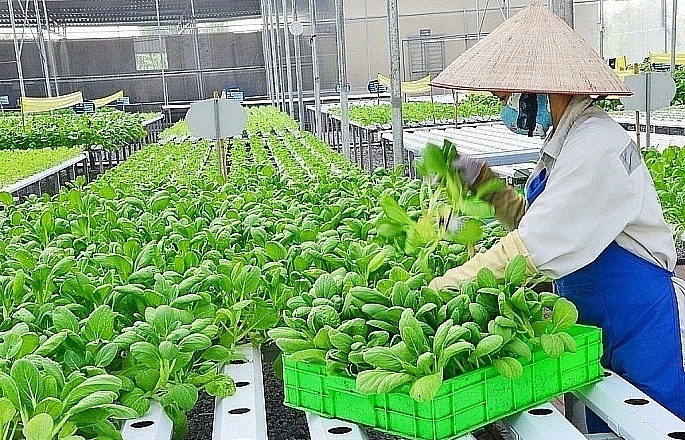
Hanoi: Maximum support for affiliating production and sustainable consumption of agricultural products
09:43 | 25/12/2024 Import-Export
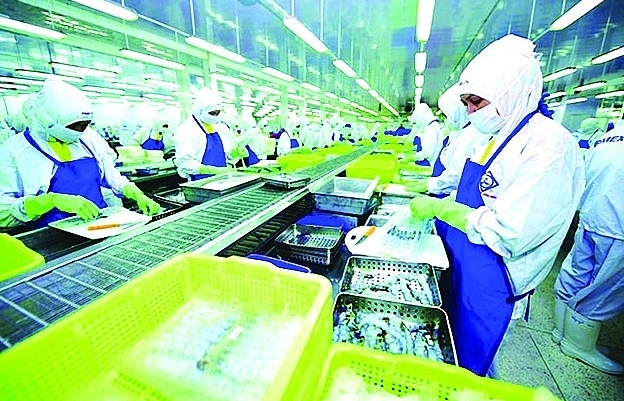
Seafood exports increase competitiveness through quality
10:24 | 09/12/2024 Import-Export
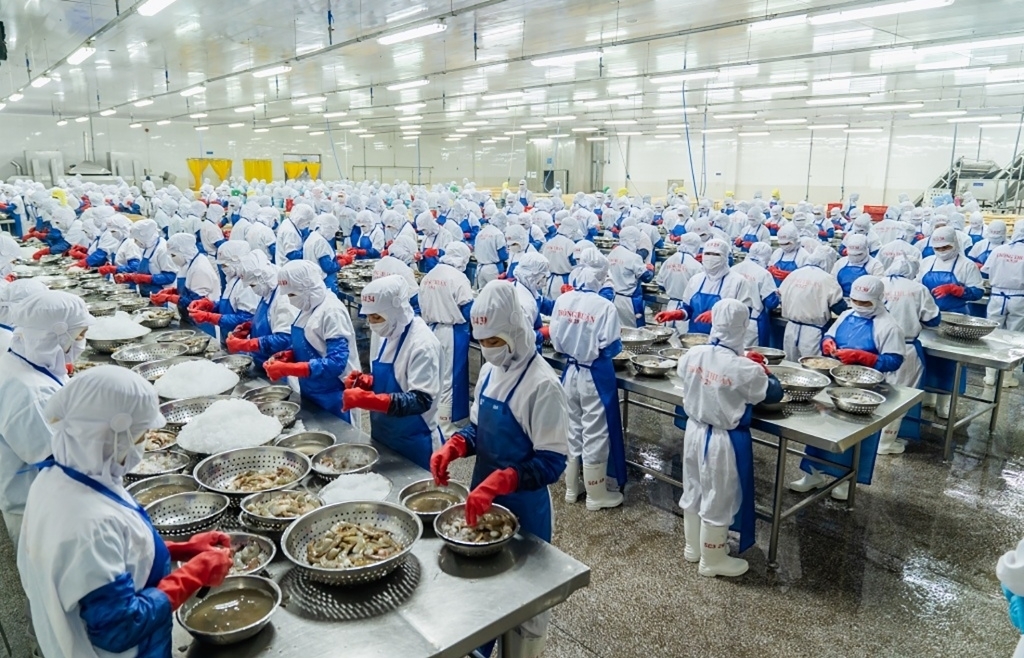
Why are seafood exports to some Middle Eastern countries blocked?
10:32 | 10/12/2024 Import-Export
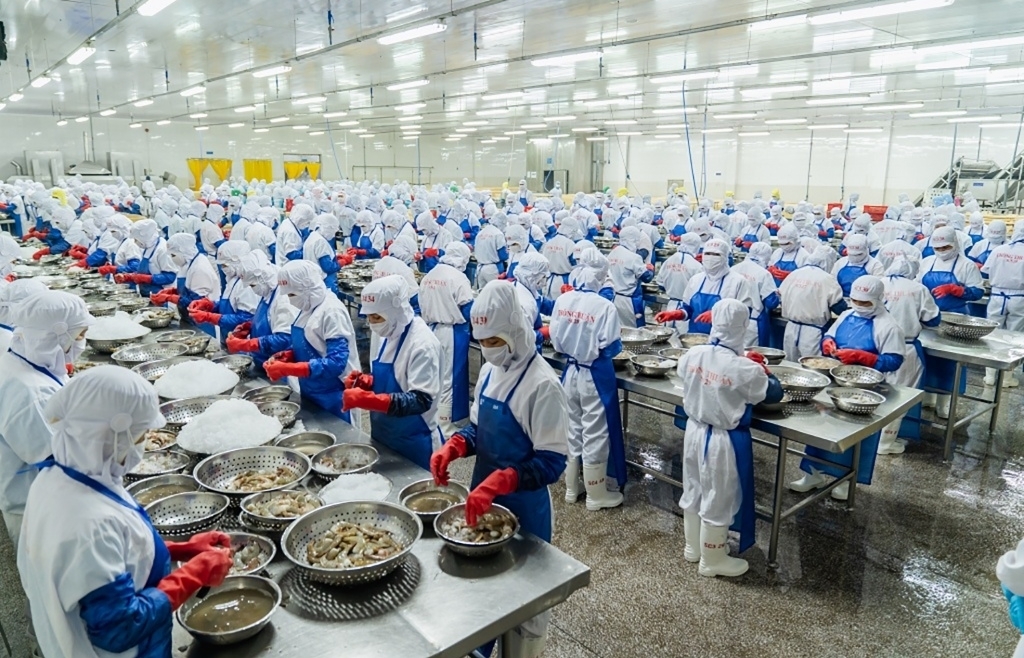
Why seafood exports to some Middle Eastern Countries are stalled
14:47 | 20/11/2024 Import-Export
Latest News

Trade remedies protect domestic industries
13:49 | 28/12/2024 Import-Export

Import and export tend to decrease and are difficult to reach expectation of 800 billion USD
13:49 | 28/12/2024 Import-Export

Việt Nam becomes second biggest garment exporter globally
16:36 | 27/12/2024 Import-Export

Vietnam may surpass Bangladesh in garment export: report
16:34 | 27/12/2024 Import-Export
More News

Export tax to increase for 13 construction materials
14:31 | 27/12/2024 Import-Export

Building a brand to elevate Vietnamese rice
10:52 | 27/12/2024 Import-Export

FTA Index helps measure the effectiveness of FTA implementation
10:51 | 27/12/2024 Import-Export

Nghệ An Province anticipates record FDI amidst economic upswing
15:49 | 26/12/2024 Import-Export

Green farming development needs supportive policies to attract investors
15:46 | 26/12/2024 Import-Export

Vietnamese enterprises adapt to green logistics trend
15:43 | 26/12/2024 Import-Export
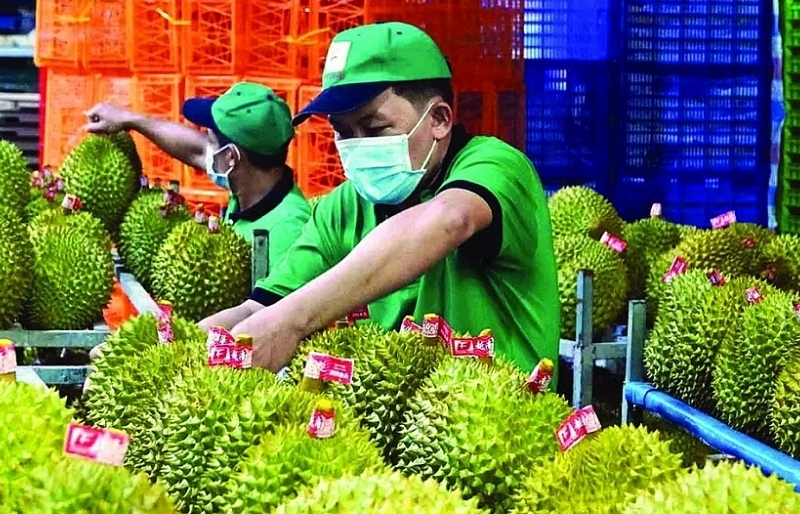
Paving the way for Vietnamese agricultural products in China
11:08 | 26/12/2024 Import-Export

VN seafood export surpass 2024 goal of $10 billion
14:59 | 25/12/2024 Import-Export

Exporters urged to actively prepare for trade defence investigation risks when exporting to the UK
14:57 | 25/12/2024 Import-Export
Your care

Trade remedies protect domestic industries
13:49 | 28/12/2024 Import-Export

Import and export tend to decrease and are difficult to reach expectation of 800 billion USD
13:49 | 28/12/2024 Import-Export

Việt Nam becomes second biggest garment exporter globally
16:36 | 27/12/2024 Import-Export

Vietnam may surpass Bangladesh in garment export: report
16:34 | 27/12/2024 Import-Export

Export tax to increase for 13 construction materials
14:31 | 27/12/2024 Import-Export





